Site visit: Cashed up Skeena Resources pushes Eskay Creek toward 2027 start
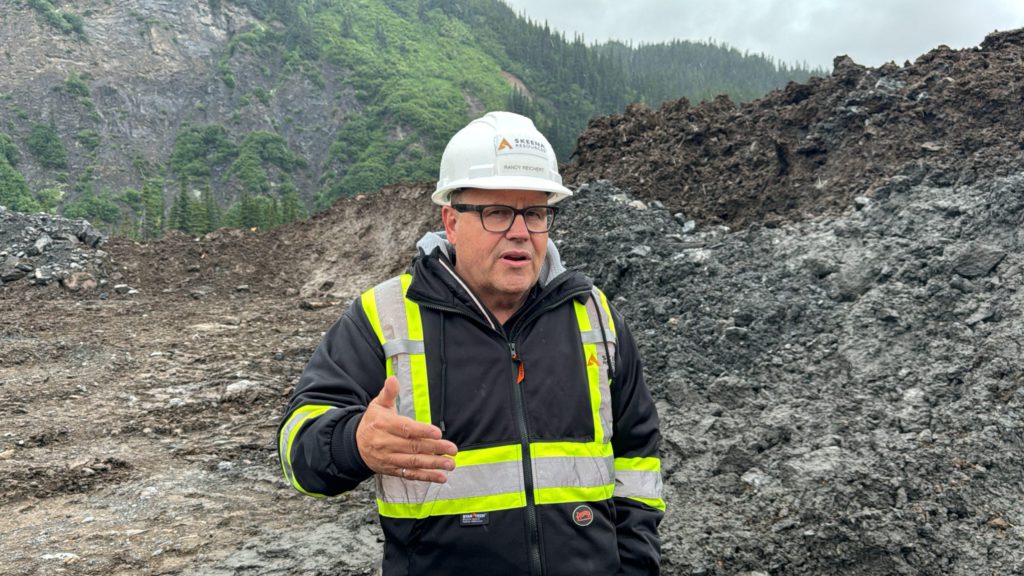
Three seconds to blast. Skeena Resources’ (TSX: SKE; NYSE: SKE) president and CEO Randy Reichert focuses on the countdown crackling over the radio. The ground shudders, dust rises, and the mountain exhales with a deep boom.
The detonation at Skeena’s Eskay Creek project, nestled in the rugged terrain of British Columbia’s Golden Triangle, is part of early construction works at what is to become the Main Pit. The company is spending C$713 million to revive one of the world’s former highest-grade gold mines by 2027 with an initial 12-year life.
“Each blast is a step closer to realizing the full potential of Eskay Creek,” Reichert told The Northern Miner during a site visit in late July. “It’s not just about moving rock; it’s about laying the foundation for the next chapter in this legendary mine’s history.”
Skeena secured a C$1 billion financing package with Orion Resource Partners in June, fueling the mine’s return to production. The deal, which covers the entire pre-production capex, includes an equity investment, a gold stream, a senior secured loan, and a cost over-run facility. It’s remarkable given that permits are still being finalized, Reichert noted.
Skeena is finalizing early works and engineering plans, aiming for an impact-benefit agreement with the Tahltan First Nation government in early 2025. The company expects to secure the environmental assessment certificate, the Mines Act permit and a construction OK by the end of next year, Reichert said. Building is to start in 2026 with production to follow in the first half of 2027.
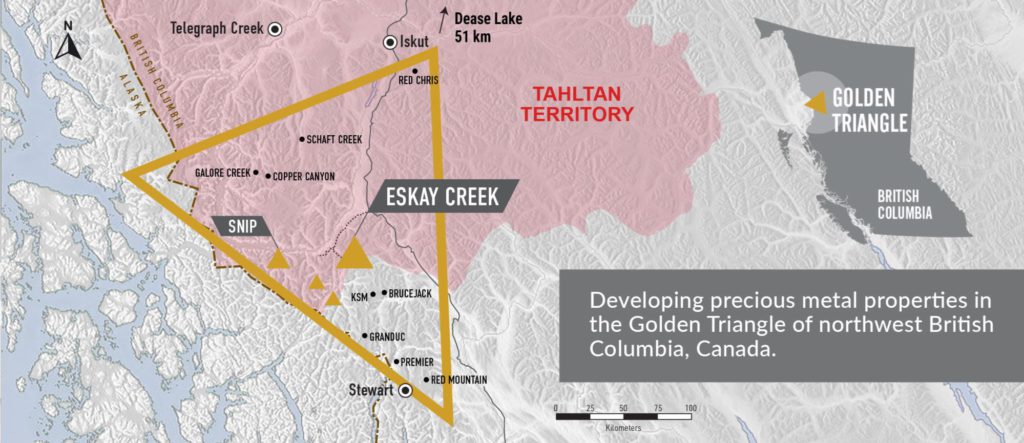
“We’ve been diligent in our approach to permitting, working closely with regulators and local communities,” he said. “By anticipating potential roadblocks and addressing them early, we’re reducing the risk that often accompanies projects of this scale.”
Eskay Creek’s redevelopment is one of two sizeable Golden Triangle projects that are making progress on permitting, including Seabridge Gold’s (TSX: SEA; NYSE: SAKSM) KSM copper-gold project which recently achieved a permitting milestone. The region, roughly bordered by the towns of Stewart to the west, Dease Lake to the north, and the junction of the Skeena and Stikine Rivers to the south, historically produced about 130 million oz. gold.
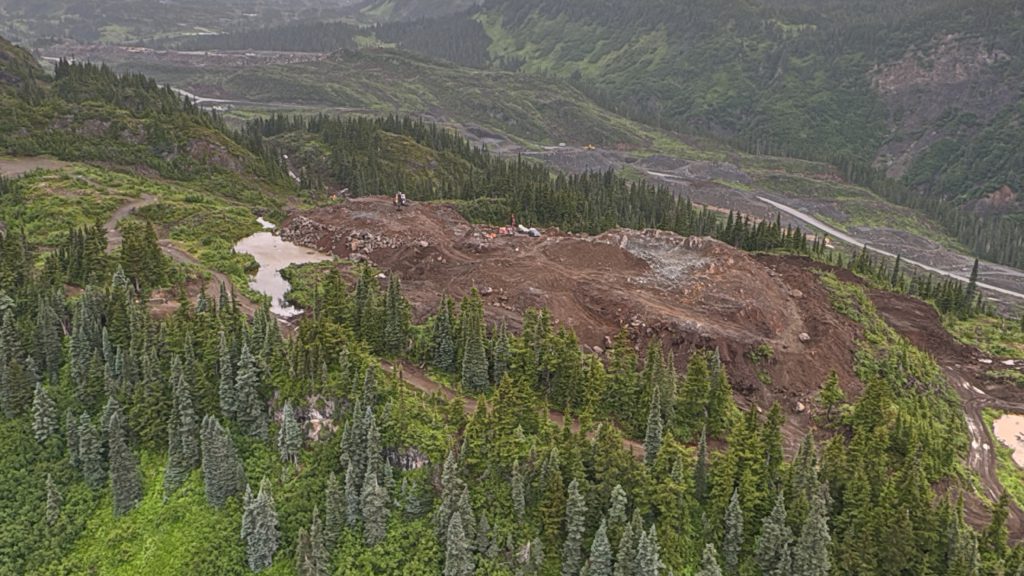
Ready to rock
The Eskay Creek project, an underground mine from 1994 to 2008, is set to produce 320,000 oz. gold-equivalent annually from throughput of 9,000 tonnes per day using an open pit, according to a November 2023 feasibility study.
The study shows an after-tax net present value of C$2 billion at a 5% discount rate and an internal rate of return of 43%, based on a gold price of $1,800 per oz. and silver at $23 per ounce. The payback period is expected to be 1.2 years, with life-of-mine all-in sustaining costs at $687 per ounce.
Eskay Creek’s proven and probable reserves include 39.8 million tonnes grading 2.5 grams gold per tonne and 68.7 grams silver per tonne (3.6 grams gold-equivalent), containing an estimated 33 million oz. of gold and 88 million oz. of silver. Measured and indicated resources total 50.1 million tonnes grading 2.6 grams gold and 63 grams silver (3.4 grams gold-equivalent), with 4.1 million oz. of gold and 101.4 million oz. of silver.
Court ruling
Last month, a federal court decision upheld Skeena’s tailings management plan, allowing the company to proceed with depositing tailings in the nearby Albino Lake area and removing a risk factor to production. Environmental groups challenged the plan, citing ecological concerns and feared impacts to local water bodies.
Meanwhile, the early works at Eskay Creek are progressing under a 10,000-tonne bulk sample permit, which allows the site to prepare for heavy equipment and infrastructure development.
At site, the ongoing early-stage ground work is essential, Reichert said, not just for current operations but also for future exploration. These include studies on steepening pit walls to access more high-grade ore early on and investigating deep porphyry potential at the nearby KSP property.
The tour also included key sites including the mill site, open pit areas, tailings management facility, waste rock storage areas, camp and infrastructure sites, access roads, power supply points, and water management facilities.
Skeena’s stock gained 50% this year through July 11 when it announced the finance package. Its shares traded at C$8.60 on Tuesday, having touched C$4.20 and C$9.69 over the past 12 months. Skeena has a market capitalization of C$880.8 million ($638m).
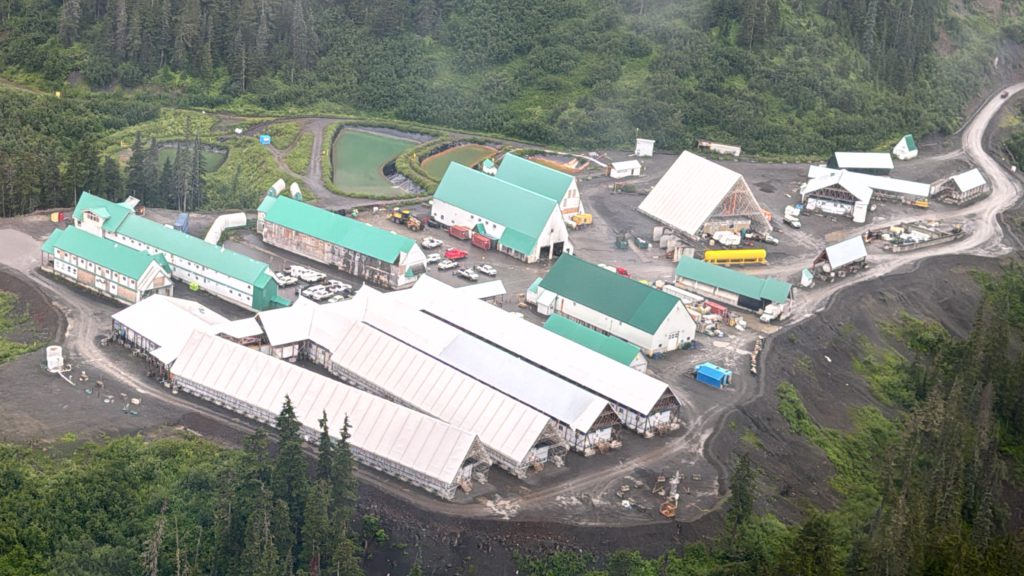
Silver ‘wild card’
Silver represents about two-thirds of the total mineral content at Eskay Creek, positioning the project as one of the top five primary silver stories currently in development worldwide.
While primarily a gold mine, the silver component of Eskay Creek’s resources adds to Skeena’s story. Orion’s gold stream does not extend to the silver component, giving Skeena full access to the upside of the precious metal that’s risen 24% in the past 12 months to $2,282.24 per oz. on Tuesday.
“Silver is the wild card at Eskay Creek,” Reichert said. “With the right market conditions, it has the potential to significantly boost the project’s returns, making it an even more attractive asset.”
{{ commodity.name }}
{{ post.title }}
{{ post.date }}

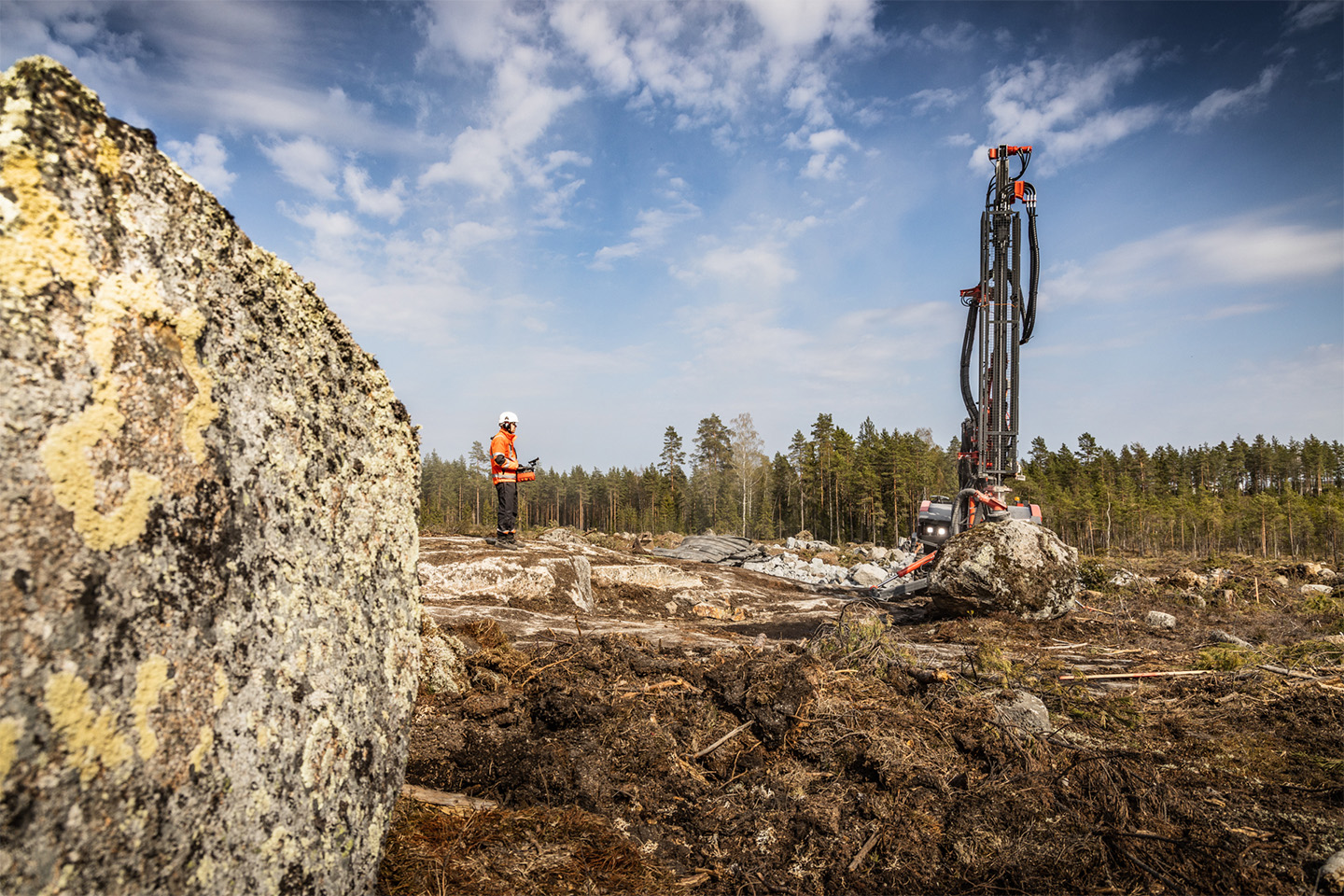
Comments